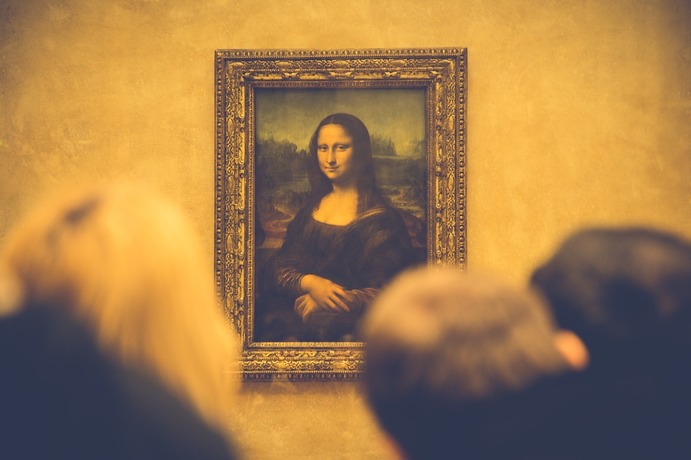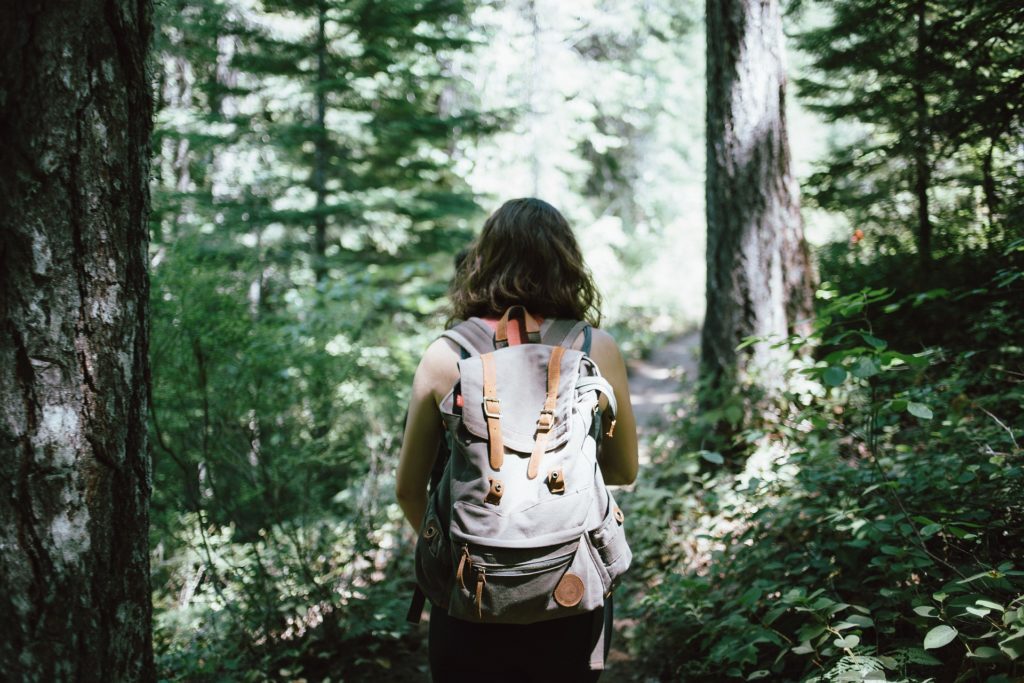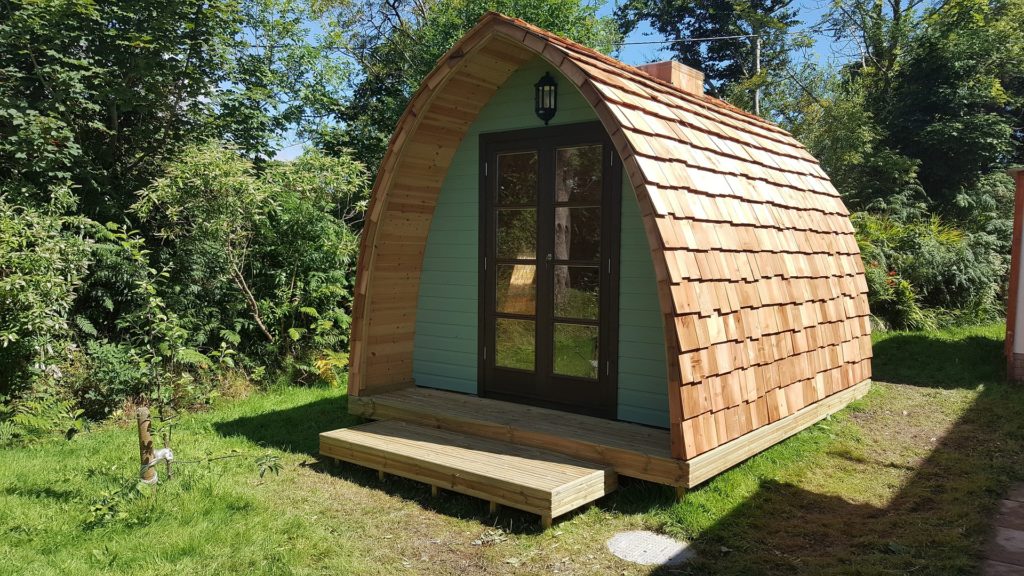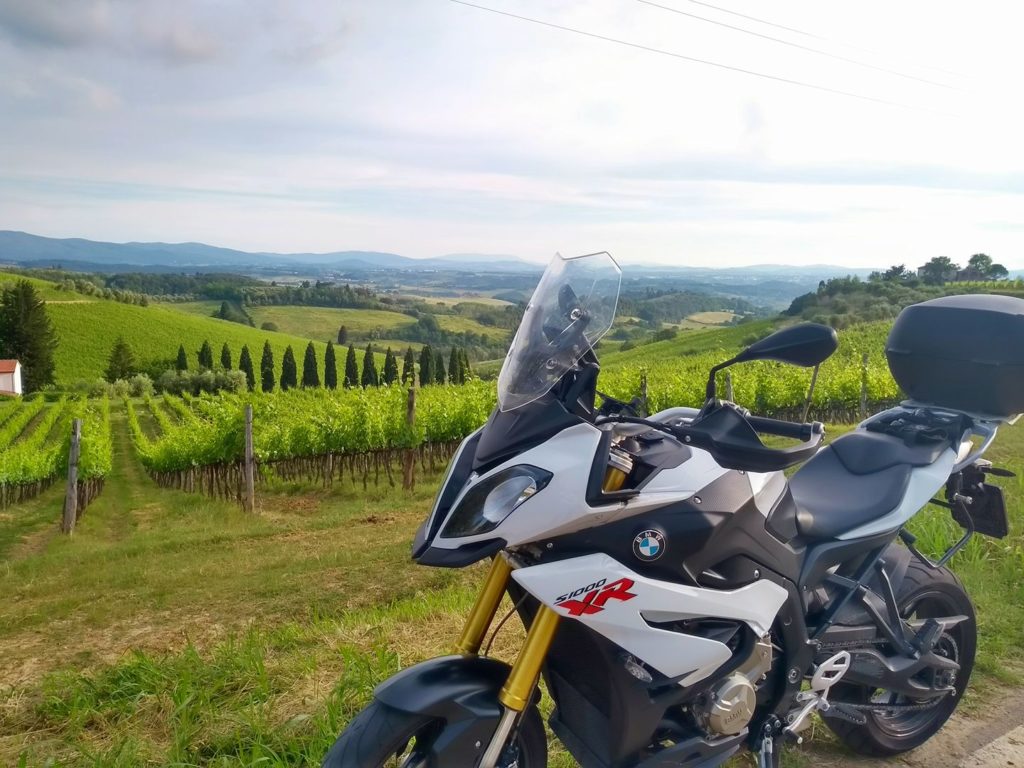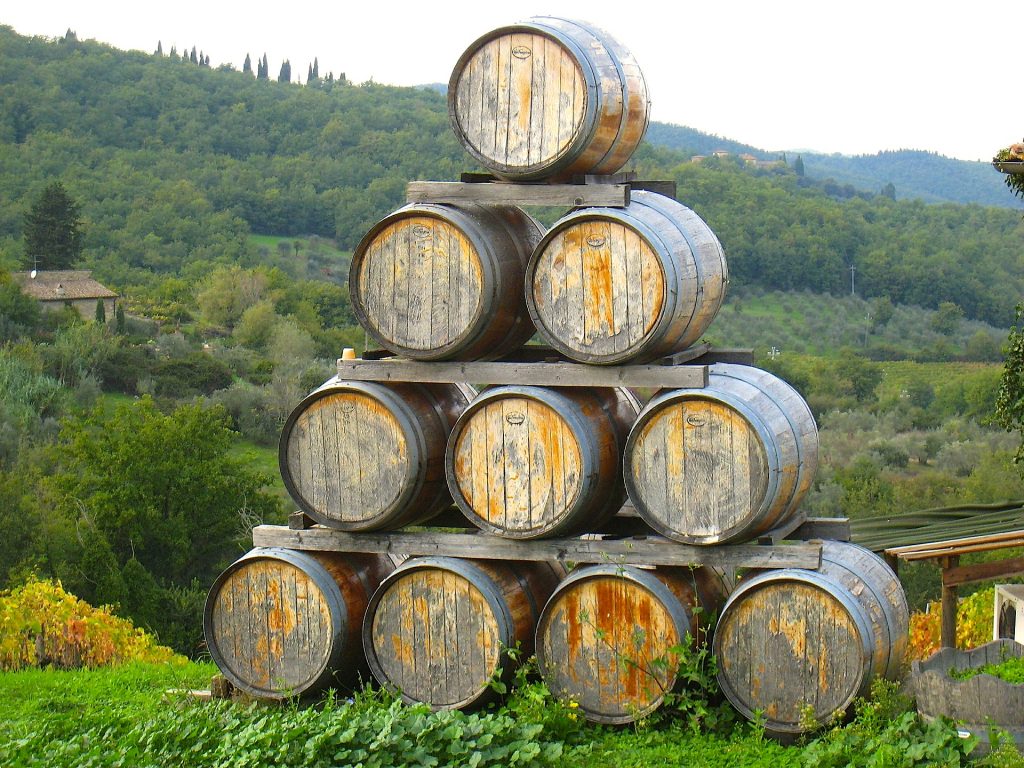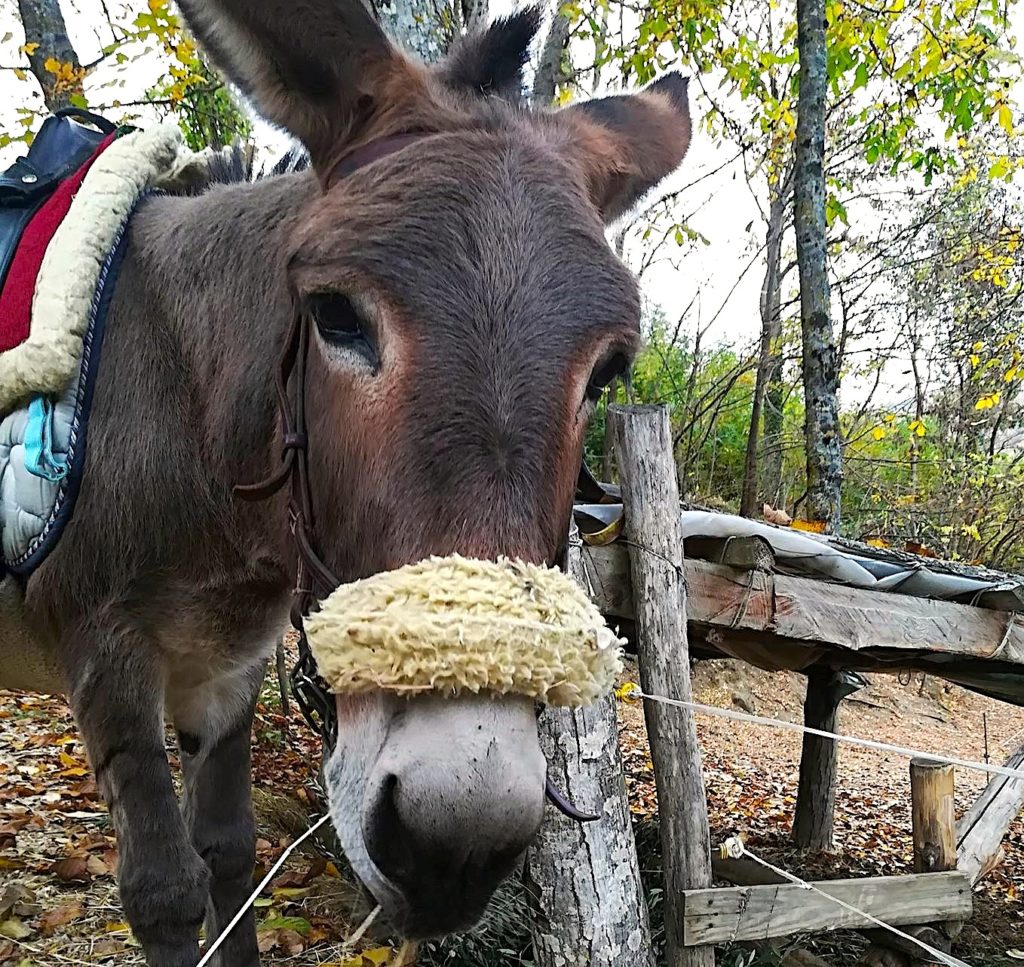Discovering Leonardo Da Vinci: an Italian cultural itinerary – Are you passionate about art? Brickscape suggests you an Italian cultural itinerary to discover Leonardo da Vinci. In this year we commemorate five centuries from his disappearance, an all around artist and an undisputed genius still acclaimed.
Discovering Leonardo Da Vinci: an Italian cultural itinerary – Leonardo was born in Vinci, in the heart of Tuscany, a Region with its amazing landscapes which are the backdrop of his most famous paintings. Don’t lose the occasion of this recurrence, because several bodies have organized many initiatives, parallel to the exhibitions, for all Leonardo’s fans.

Alle origini di Leonardo Da Vinci: un itinerario tutto toscano
1. Florence (2 days)
Brickscape suggests you to start the itinerary and to stay in Florence, because is central and well connected to the other stops. The Tuscan capital is the city in which Leonardo was educated, in the Andrea del Verrocchio’s workshop. Most of his works conserved in Florence are located in Uffizi Gallery. You can visit this museum from Tuesday to Sunday, from 8.15 am to 6.50 pm, with a ticket at the price of 20 € and possible reductions for touristic and scholastic groups, EU citizens aged between 18 and 25 and free for under 18. The ticket will also allow you to visit the Museo Archeologico Nazionale andthe Museo dell’Opificio delle Pietre Dure. Visiting Uffizi Gallery you can admire The Baptism of Christ, a Verrocchio’s painting, to which also contributed Leonardo. He painted, in fact, the background landscape and the angel in the foreground to the left. Then you can contemplate one of da Vinci’s most famous paintings, Annunciation, in which the artist plays with light and colors to give prospective. Furthermore, you can see the Adoration of the Magi, which was supposed to be an altarpiece for the convent of San Donato in Scopeto, but that has been left unfinished. Visiting the Uffizi you can also see a copy of Leda and the Swan, which has been lost. On the first floor of the museum, at the Prints and Drawings Department, are conserved studies and drawings of the genius. In conclusion at Palazzo Pitti, Galleria Palatina and Museo del Bigallo are exposed Leonardo’s works from the school.

Alle origini di Leonardo Da Vinci: un itinerario tutto toscano
2. Vinci (1 day)
This is Leonardo’s birthplace, it’s about 50 km far from Florence. Here the first stop is the Museo Leonardiano, the ticket office is situated in the Palazzina Uzielli, it’s open from 9.30 am to 6.15 pm in the months from March to October and from 9.30 am to 17.15 pm from November to February, with extraordinary opening at Christmas and New Year’s Day from 15.00 pm to 18.15 pm. Visiting this museum you can see the sections dedicated to the textile technology, construction machines, mechanical watches and the anatomic studies conducted by Leonardo. The visit goes on at the Castello dei Conti Guidi, where you can admire machines and models which demonstrate the interest of the genius for the mechanical, the architecture, the war and the flight. The exhibitions ends with the models of geometrical solids taken from the drawings made by Leonardo. Furthermore, Villa Il Ferriale hosts 21 life-size copies of Leonardo’s paintings. Near to the entrance there is the panoramic terrace, where you can see L’Uomo di Vinci, a sculpture made in 1987 by Mario Ceroli, which represents Leonardo’s vitruvian man. To conclude, you should visit his native home in Anchiano, far 3 km from Vinci. Here you can retrace the artist’s life and his most significant works. You have also the possibility to meet him in person as a life-size hologram. You can visit the museum, his native home, and the exhibition “Leonardo da Vinci. Alle origini del genio” with a 13,00 € comulative ticket, with possible reductions for groups, families and guys up to 14 years. Before leaving towards the second stop, we recommend you to choose at least one of the itineraries proposed by Associazione Strada dell’Olio e del Vino del Montalbano- colline di Leonardo. Thanks to them you can visit Montalbano, famous for breathtaking landscapes which inspired Leonardo in some of his works. Furthermore, you can taste the excellence proposed by this place, such as wine and olive oil and visit or refresh you at Renaissance villas (typical of the period in which the genius lived and worked).

Alle origini di Leonardo Da Vinci: un itinerario tutto toscano
3. Chianti (1 day)
The second stop is dedicated to the landscapes which inspired the artist, those of Chianti’s hills. Here you can admire the breathtaking scenarios that Leonardo framed in his most famous paintings. The food and wine lovers will appreciate a little detour from the cultural itinerary, to enjoy a good glass of Chianti DOCG or Vino Nobile di Montepulciano. Here, in fact, you can take the opportunity to visit the wineries, the dairies, and to stop at the artisan workshops for your shopping, stops promoted by ’Associazione Strada del vino Nobile di Montepulciano e dei sapori della Valdichiana senese. If you also want to be protagonist about the experiences proposed by Chianti, you could visit this place aboard a 500 or a Vespa, you could discover old towns such as San Giminiano and to have dinner in an original location as a historic vineyard. Going back to Florence, for the third stop, we suggest you to visit Balze del Valdarno, the amazing landscape which is the background of one of the most famous paintings all over the world: Mona Lisa.
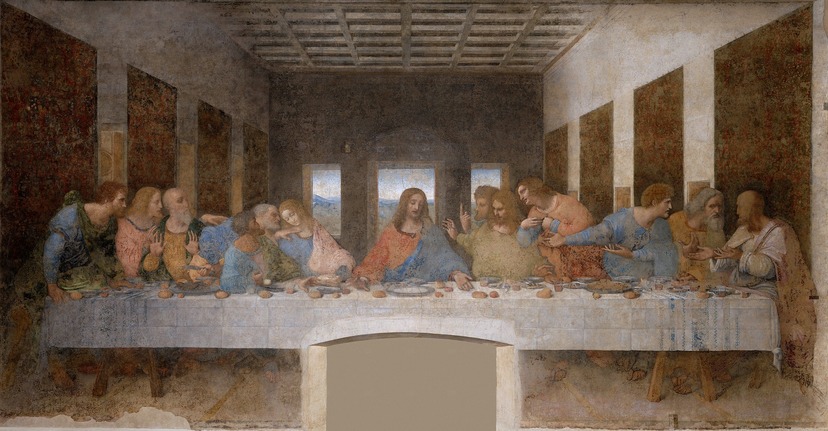
Alle origini di Leonardo Da Vinci: un itinerario tutto toscano
4. Milan (2 days)
When Leonardo was 30 years old, he moved to Milan. If you want to visit also this city, it can be reached from Florence with express trains during all the day. Here you can admire one of his masterpieces, The Last Supper, exposed in the convent of Santa Maria delle Grazie. At the Biblioteca Ambrosiana, instead, is preserved the Codex Atlanticus, the most extensive collections of artist’s drawings and writings. Furthermore, you can visit the Sala delle Asse, located in Castello Sforzesco, its wall and ceiling are decorated by Leonardo’s murals. You can conclude your cultural itinerary visiting the Museo della Scienza e della Teconologia “Leonardo da Vinci”, the biggest italian science and technological museum dedicated to the genius.
Discovering Leonardo Da Vinci: an Italian cultural itinerary by Brickscape

 ENG
ENG